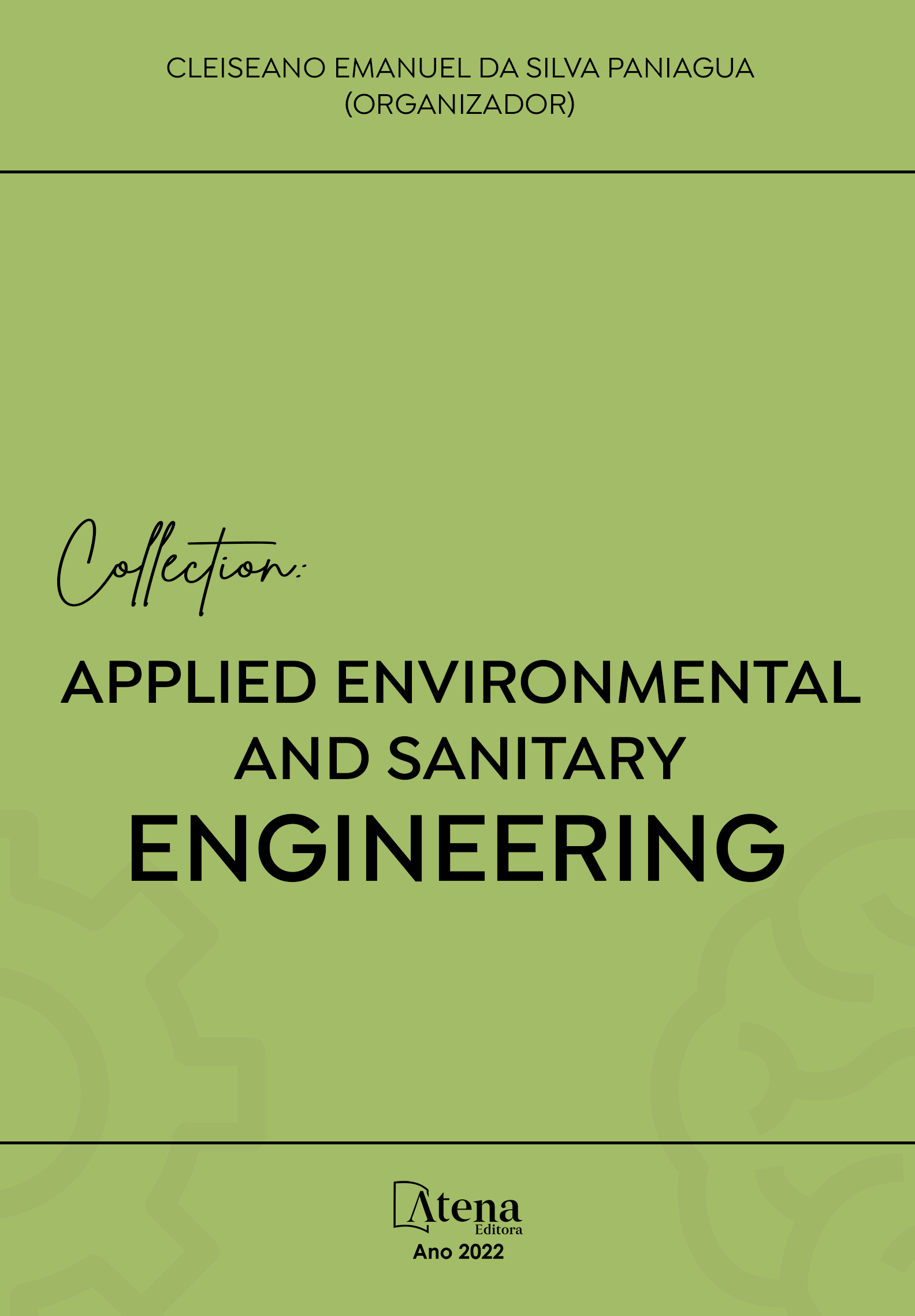
RELAÇÃO ENTRE INDICADORES DE SANEAMENTO E ÍNDICE DE DESENVOLVIMENTO HUMANO (IDH) NO ESTADO DO ESPÍRITO SANTO, BRASIL
O presente estudo tem por objetivo avaliar a correlação existente entre os índices de saneamento e índice de desenvolvimento humano no estado do Espírito Santo, Brasil, a fim de verificar os possíveis impactos do setor no desenvolvimento local. Para isso, foram coletados dados referente ao ano de 2010 de todos municípios que compõem as regiões analisadas, com ênfase em alguns serviços, como: abastecimento e perdas de água e Índice de Desenvolvimento Humano Municipal (IDHM), no qual foram demonstrados através de diagramas de dispersão. Os resultados apontam que na grande maioria das regiões houve moderada correlação quanto ao abastecimento urbano e total de água, com tendência de queda à medida em que se reduz o número de habitantes. Por outro lado, com exceção da região da Grande Vitória, notou-se que em relação as perdas nos sistemas de abastecimento não foram observadas correlações, o que significa que pode haver outras variáveis mais significativas. Com isso, concluiu-se que os resultados desse artigo podem contribuir com ações voltadas para uma maior eficácia das políticas públicas direcionadas ao setor de saneamento, proporcionando de maneira geral, melhor qualidade de vida à população.
RELAÇÃO ENTRE INDICADORES DE SANEAMENTO E ÍNDICE DE DESENVOLVIMENTO HUMANO (IDH) NO ESTADO DO ESPÍRITO SANTO, BRASIL
-
DOI: 10.22533/at.ed.57822190116
-
Palavras-chave: IDH; Água; Abastecimento; Perdas, Índice.
-
Keywords: HDI; Water; Supply; Losses; Index.
-
Abstract:
The present study aims to assess a correlation between the sanitation indexes and the human development index in the state of Espírito Santo, Brasil, in order to verify the possible sector impacts on local development. For this, data were collected for the year 2010 from all municipalities that make up the analyzed regions, with an emphasis on some services, such: as water supply and losses and Municipality Human Develpment Index (MHDI), in which they were demonstrated through dispersion diagrams. The results show that in the vast majority of regions there was a moderate correlation to urban and total water supply, with a downward trend as the number of inhabitants reduced. On the other hand, with the exception of the Greater Vitória region, it was noted that in relation to losses in the supply systems, no correlations were observed, which means that there may be other main variables. Thus, it is thought that the results of this article can contribute to actions aimed at greater effectiveness of public policies aimed at the sanitation sector, providing, in general, the best quality of life to the population.
-
Número de páginas: 15
- Rafaela Ferrareis Loubato
- Claudinei Antônio Montebeller
- Wanderson de Paula Pinto
- Gemael Barbosa Lima


